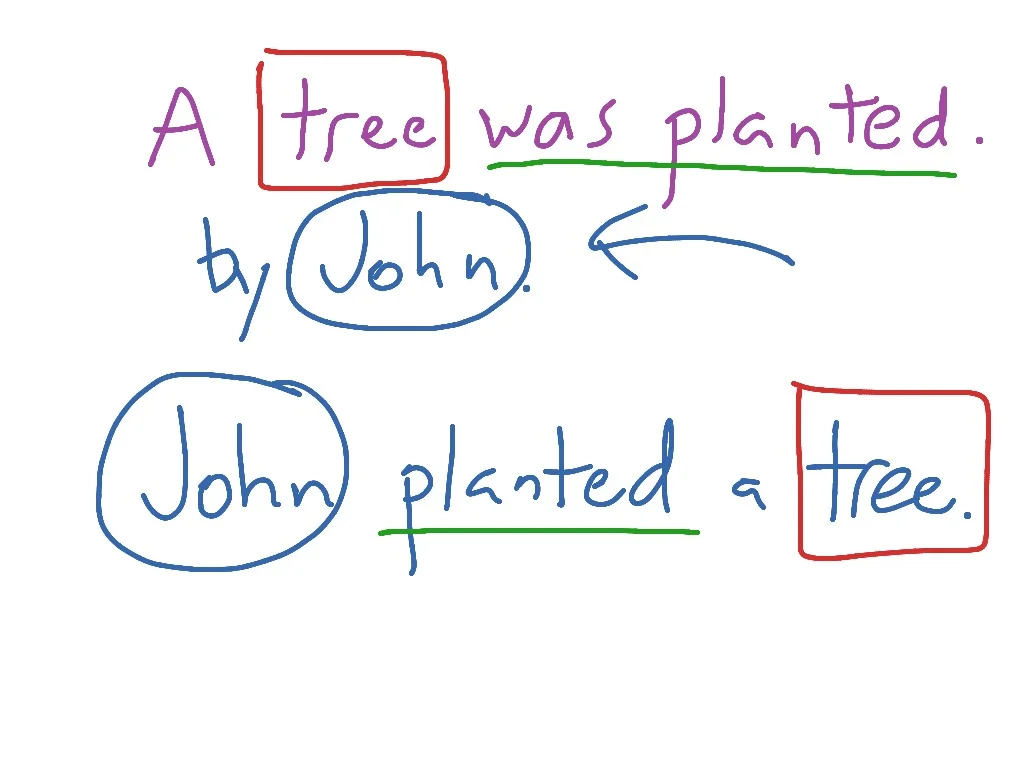One of the biggest things that I know I struggle with, especially since I am reviewing Archangel, is using an active voice when I am writing. It's not that I never use the active voice or that every sentence is passive, but a lot more are than I would like. There is a tendency to be wordier and more vague in passive writing. Passive writing not only increases the word count (which I believe is a subconscious desire of most people), but it lets you use more flowery, descriptive language.
Active writing is the preferred style for most parts of a work of fiction. It is more concise, allows for more fluid reading, and just makes for a better story altogether. That is not to say that passive writing is forbidden - it definitely has its uses. But readers long for active writing, both consciously and subconsciously.
So how can you (and I) identify which sentences are passive and which are active? First, let’s define what makes a sentence active or passive.
Active: A writer uses an active voice when the subject of the sentence performs the accompanying action. The previous sentence, for example, was written in an active voice because the writer (subject) uses (action) an active voice. An active voice is easier to identify and comprehend.
Passive: A passive voice is used by a writer when the action is performed upon the subject. Again, the former sentence is an example of the passive voice: the voice is used (action) by a writer (subject).
Now that might sound simple, or it might sound a little confusing. Let’s look at a few examples of active and passive writing. See if you can identify which ones are active, and which are passive.
1.1 The test was taken by over 1,000 applicants.
1.2 Over 1,000 applicants took the test.
2.1 The sword was drawn from its sheath by the woman, sparkling in the pre-dawn light.
2.2 The woman drew the sword from its sheath, its blade sparkling in the pre-dawn light.
3.1 The boy slammed his bedroom door in an act of teenage angst.
3.2 The bedroom door was slammed by the boy in an act of teenage angst.
Now here are the examples again, with the answers, as well as the subject and the action.
1.1 The test was taken by over 1,000 applicants. (Passive)
1.2 Over 1,000 applicants took the test. (Active)
2.1 The sword was drawn from its sheathe by the woman, sparkling in the pre-dawn light. (Passive)
2.2 The woman drew the sword from its sheathe, its blade sparkling in the pre-dawn light. (Active)
3.1 The boy slammed his bedroom door in an act of teenage angst. (Active)
3.2 The bedroom door was slammed by the boy in an act of teenage angst. (Passive)
Again, a sentence is active if the subject is before the action. It makes an easier, more concise read, perfect for the prose of a story.
Something to keep in mind, however, is that the active voice is not always better. Some cases, though rare, call for more descriptive or wordy language. Oppositely, passive writing can be more vague than active, especially when referencing the subject. This is very important when you are trying to build up the mystery or suspense of a story and don’t want to give too much away. That being said, do not overuse it or you may risk alienating or annoying your readers.
It seems so easy to identify and fix passive writing when it is laid out like this, yet I still catch myself floating back into that kind of writing every now and then. But, as I am finding very frequently, identifying the problem helps immensely in fixing it.
Be sure to leave a comment down below if you want to share one of the writing traps that you fall into, or perhaps one that you notice more than you should in other's writing. As for me, I am off to do some structural editing!



